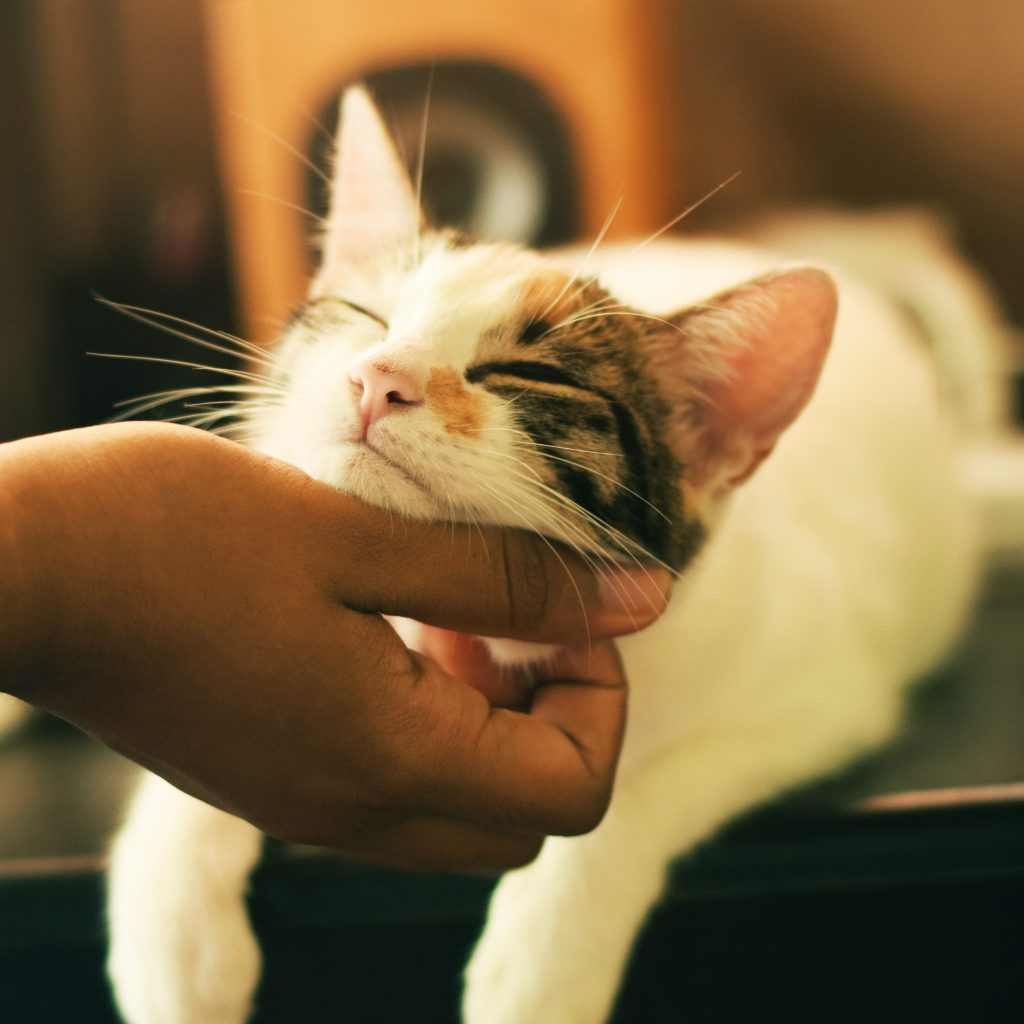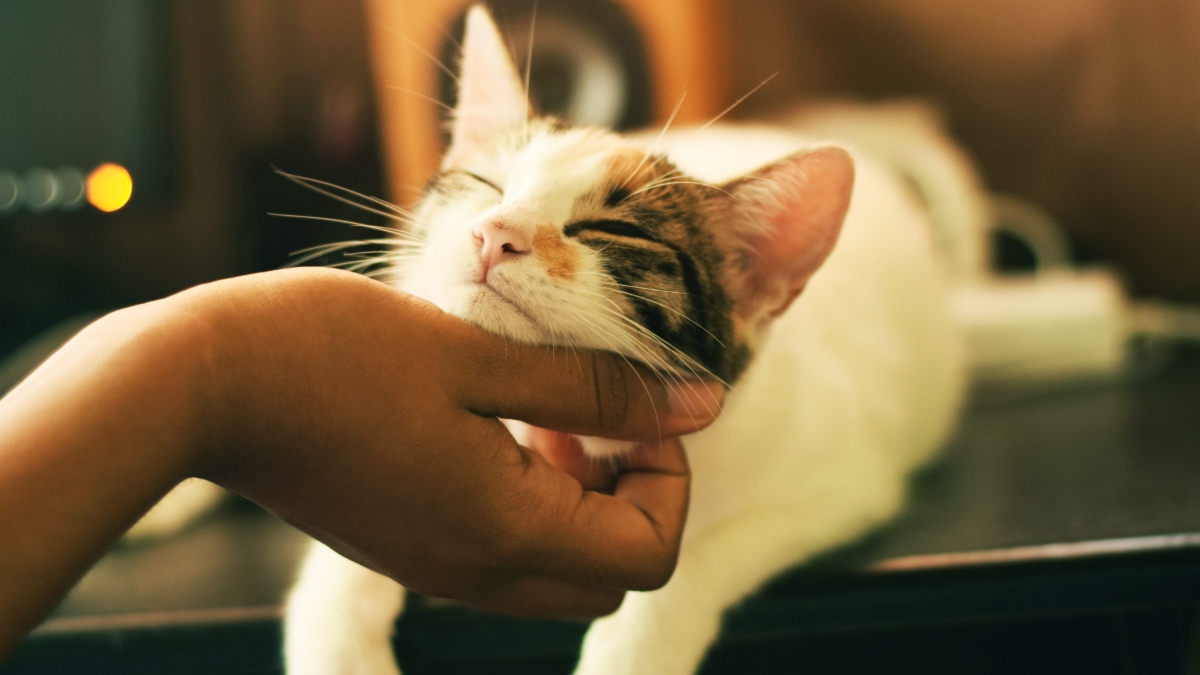Cats are known for their unpredictable behavior, and one of the most entertaining yet puzzling behaviors is the phenomenon known as “cat zoomies.” This term refers to those moments when a cat suddenly becomes hyperactive, darting around the house with great speed and enthusiasm. During these episodes, cats often seem to be bursting with energy, running, jumping, and even meowing loudly.
Understanding cat zoomies is important for several reasons. Firstly, it can help cat owners recognize when their pets are experiencing an increase in energy and excitement. Secondly, it can also help owners distinguish between normal and abnormal behavior in cats. Sometimes, cat zoomies can be a sign of an underlying issue, such as anxiety or pent-up energy. Finally, knowing how to manage cat zoomies can help owners create a safe and stimulating environment for their pets, and ensure they remain happy and healthy.
What Are Cat Zoomies?
Cat zoomies are sudden outbursts of hyperactivity that many cats experience from time to time. During these episodes, cats may run around the house, jump on furniture, and even meow loudly. They often seem to be bursting with energy and excitement, and their movements are quick and erratic.
There are several common triggers that can cause cat zoomies. One of the most common is playtime, as cats often become overstimulated during interactive play and need to release their pent-up energy. Changes in routine, such as moving to a new home or having visitors, can also trigger cat zoomies. Additionally, cats may experience zoomies simply because they are feeling happy and playful. It is important to note that cat zoomies are usually harmless and are a normal part of a cat’s behavior. However, if a cat experiences frequent or prolonged episodes of zoomies, it may be a sign of an underlying issue that needs to be addressed.
The Science Behind Cat Zoomies
The biology behind cat zoomies is linked to the natural instincts of cats. In the wild, cats spend much of their time hunting and stalking prey, which requires a great deal of physical activity. Domestic cats, on the other hand, often have limited opportunities for exercise and may become bored or frustrated. As a result, cats need to release pent-up energy through play and other activities.
Endorphins, which are natural chemicals produced by the body, play a significant role in cat behavior and can affect the intensity and frequency of cat zoomies. These chemicals are released during exercise and play, producing a natural high that can make cats feel happy and energetic. This is why cats often seem to be in a state of euphoria during zoomies, as they experience a rush of endorphins that makes them feel good. The more endorphins a cat produces, the more likely it is to have frequent and intense episodes of zoomies.
Understanding the role of endorphins in cat behavior is important for cat owners, as it can help them manage their pets’ behavior more effectively. By providing plenty of opportunities for exercise and play, owners can help their cats release pent-up energy and avoid excessive zoomies. Additionally, owners can use calming techniques to help their cats relax and reduce the frequency and intensity of zoomies.

The Psychology of the Disease
Cat zoomies are closely linked to cat behavior and psychology. Cats have a natural hunting instinct, which requires them to be physically active and agile. Domestic cats, however, often have limited opportunities to express this instinct and may become bored or frustrated. Zoomies allow cats to release pent-up energy and engage in natural behaviors, such as running and jumping.
In addition to being a natural behavior, cat zoomies can also be a sign of a cat’s emotional state. Cats may experience zoomies when they are feeling happy and playful, but they can also be a sign of anxiety or frustration. Cats that are stressed or anxious may experience frequent or prolonged episodes of zoomies as a way of coping with their emotions. On the other hand, cats that are bored or understimulated may experience zoomies as a way of seeking attention or stimulation.
Understanding the psychology of cat zoomies is important for cat owners, as it can help them identify when their pets are experiencing emotional distress or are in need of more stimulation. By providing a stimulating and enriching environment, owners can help their cats stay happy and healthy and reduce the frequency of zoomies caused by boredom or frustration. Additionally, owners can use calming techniques to help their cats relax and reduce the frequency of zoomies caused by anxiety or stress.
Managing Your Cat’s Energy and Behavior
Managing cat zoomies can be challenging for cat owners, but there are several strategies that can help. Providing plenty of playtimes and physical activity can help cats release pent-up energy and reduce the frequency of zoomies. Additionally, creating a stimulating environment with plenty of toys and activities can help cats stay engaged and reduce boredom-related zoomies. Calming techniques, such as providing a quiet space or using calming pheromones, can also help reduce anxiety-related zoomies.
It is important for cat owners to distinguish between normal and abnormal cat behavior and to seek professional help if necessary. While cat zoomies are normal behavior, excessive or prolonged episodes can be a sign of an underlying issue, such as anxiety or a medical condition. If a cat’s zoomies are causing distress or interfering with its quality of life, it may be necessary to seek the advice of a veterinarian or a cat behaviorist.
By understanding the causes and psychology of cat zoomies and implementing effective management strategies, cat owners can help their pets stay happy and healthy while reducing the frequency and intensity of zoomies.
Wrap-Up
cat zoomies are a normal and healthy behavior in cats, but they can be challenging for cat owners to manage. By understanding the triggers and psychology behind cat zoomies, cat owners can provide their pets with the right environment and playtime to help reduce the intensity of zoomies.
It is important for cat owners to observe their cats’ behavior and distinguish between normal and abnormal behavior. If a cat’s zoomies are excessive or cause distress, it may be necessary to seek professional help. By being aware of their cats’ behavior and needs, cat owners can help their pets lead happy and healthy lives.
We encourage all cat owners to share their experiences and tips for managing cat zoomies in the comments section. Together, we can help each other provide the best care for our feline friends.
